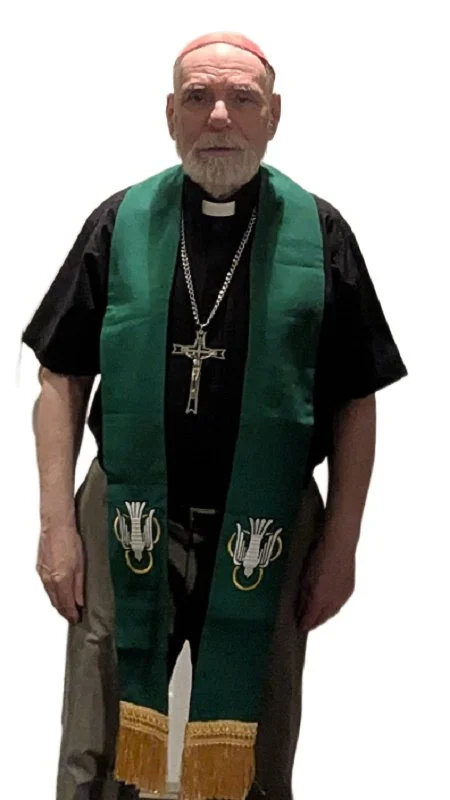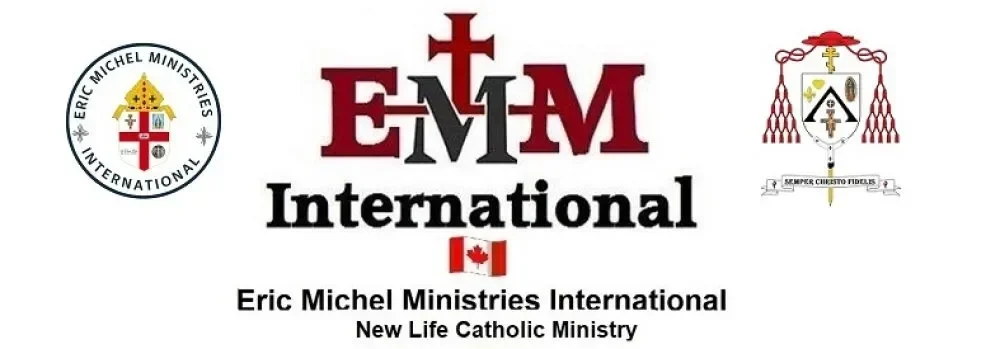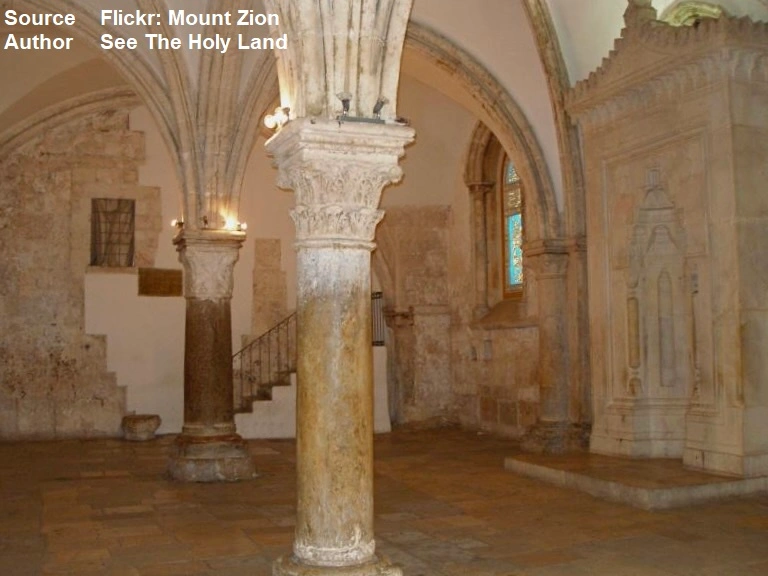
The Cenacle (from the Latin cenaculum, “dining room”), also known as the Upper Room (from the Koine Greek anagaion and hyperōion, both meaning “upper room”), is a room in Mount Zion in Jerusalem, just outside the Old City walls, traditionally held to be the site of the Last Supper, the final meal that, in the Gospel accounts, Jesus held with the apostles.
According to the Christian Bible, the Cenacle was a place in which the apostles continued to gather after the Last Supper, and it was also the site where the Holy Spirit alighted upon the twelve apostles on Pentecost, Matthias having been “numbered with the eleven apostles” to replace Judas in Acts 1:25.
The site is administered by the Israeli authorities, and is part of a building holding what is known as “David’s Tomb” on its ground floor.
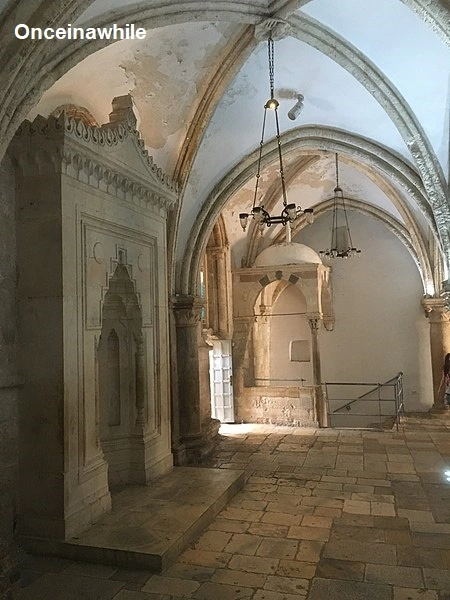
The Cenacle is considered the site where many major events described in the New Testament took place, such as:
- Preparation for the celebration of Jesus’s final Passover meal
- The washing of his disciples’ feet
- The Last Supper
- Certain resurrection appearances of Jesus (Mark 16:14, Luke 24:33, John 20:19)
- The gathering of the disciples after the Ascension of Jesus (Acts 1:13)
- The election of Saint Matthias as apostle (Acts 1:15)
- The descent of the Holy Spirit upon the disciples on the day of Pentecost (Acts 2:1–4). As a result, Peter and the other apostles went out, converted to their faith and baptized 3,000 people in one day (Acts 2:5–41).
In Christian tradition, the room was not only the site of the Last Supper, i.e., the Cenacle, but the room in which the Holy Spirit alighted upon the twelve apostles and other believers gathered and praying together on Pentecost. Acts 1-2 tell us that Judas had been replaced by Matthias, and 120 followers of Jesus gathered in this room after His ascension.
The general location of the Cenacle is also associated with that of the house where the Virgin Mary lived among the apostles until her death or dormition, an event celebrated in the nearby Church of the Dormition.
Syrian Christians maintained the Cenacle until 1337 when it passed into the custody of the Franciscan Order of Friars who managed the structure for almost two centuries
In 1524, during Suleiman the Magnificent’s rule, Ottoman authorities took possession of the Cenacle, converting it into a mosque: the Masjid an-Nabī (al-Nabī) Dāwūd (مسجد النبي داوود lit. ’Mosque of the Prophet David’). By 1551 the Franciscans had been fully evicted from their surrounding buildings. Non-Muslims were banned from entering though it was possible by bribing the custodians of the Dajani family.
Only in 1831 were Christians again allowed to celebrate mass in the cenacle though visits, such as that of Melchior de Vogüé, were dependent on the goodwill of the guardian.
Scholars offer wide-ranging dates and builders for the surviving Gothic-style Cenacle. Some believe that it was constructed by Crusaders just before Saladin’s conquest of Jerusalem in 1187, while others attribute it to Holy Roman Emperor Frederick II, after he arrived in the city in 1229. Still others hold that it was not built in this form until the Franciscans acquired the site in the 1330s. Scarce documentation and disturbed structural features offer little strong support for any of these dates.
The Monastery of Saint Mark in the Old City of Jerusalem near the Armenian Quarter is considered by some as the authentic site of the Last Supper. The monastery church, belonging to the Syriac Orthodox Church, contains an early Christian stone inscription testifying to reverence for the spot.
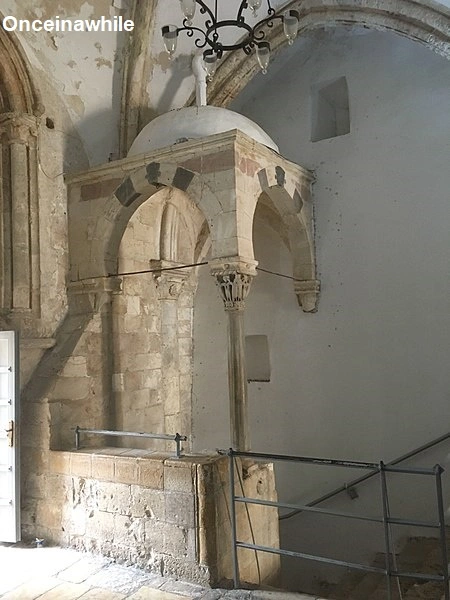
One of the most powerful ways to receive and extend Divine Mercy is through small groups. Small Christian communities, where faith is actively nurtured and deepened in an environment of song, prayer, sharing, and fellowship, are essential. The early Church was founded with just 12 apostles and a few hundred disciples, significantly growing with new converts added daily. Embracing this model today can lead to profound spiritual growth and transformation.
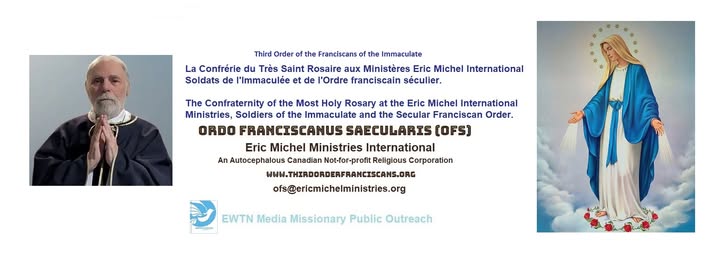
Visit Us https://www.facebook.com/groups/emmiconfraternity/
Your Host: Brother Eric Michel
